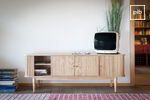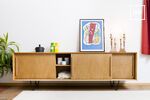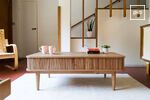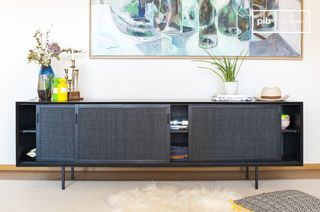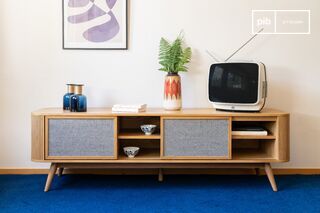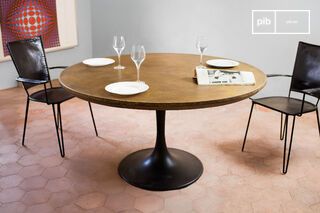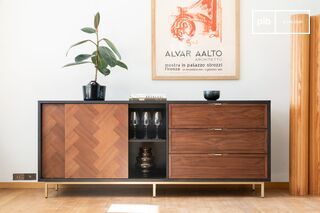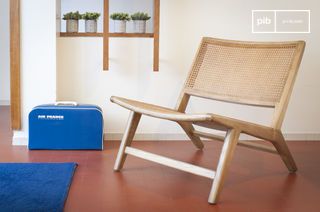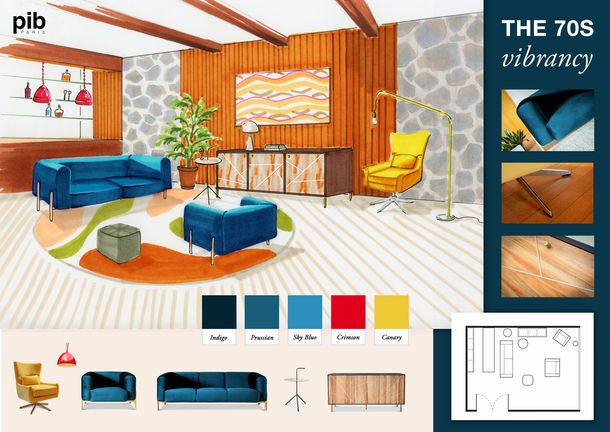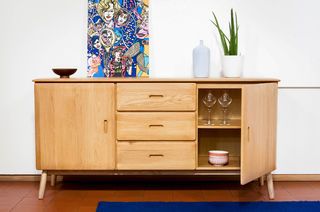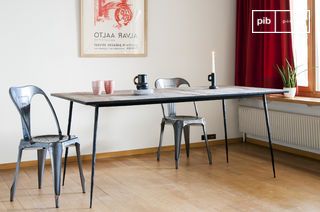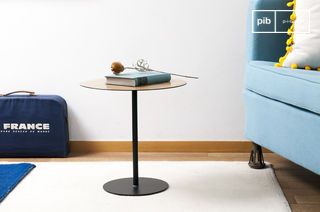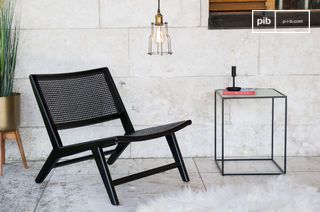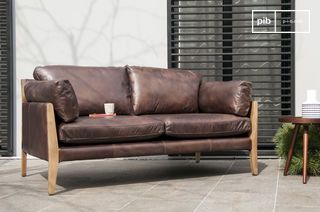Oak
The Oak category brings together furniture made from solid wood or veneer, chosen for their stability and clean visual structure. Oak is characterized by its wide grain, high density and naturally light to amber color. Used for tops, fronts, bases or frames, it offers a regular reading of the material and supports visible joints. This wood blends in with sober layouts, where it functions as an anchoring or linking element between materials. read more >
Filters
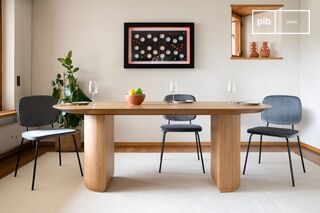
Large light wood dining tableSolna
£1805 £1260-30%
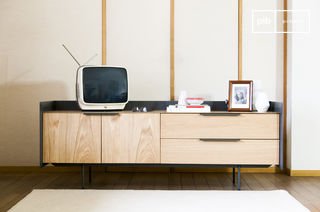
Scandinavian light wood sideboardJackson
£1540 £1230-20%
Salon Days
Exclusive discounts up to -30% for 2 weeks.
Offer valid while stocks last.
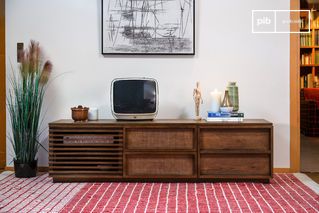
Vintage wooden TV standJake
£1560 £1250-20%
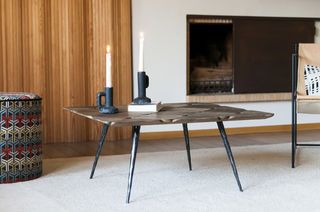
Elm wood coffee tableLincoln
£955 £860-10%
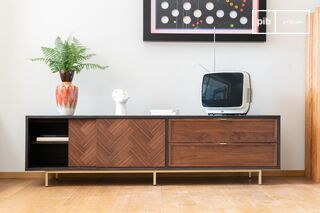
Dark wood TV unitNeutra
£1925 £1730-10%
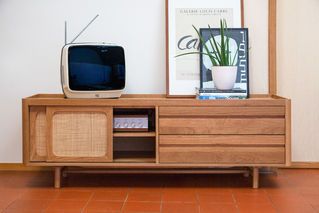
Light oak TV standAarne
£1560 £1400-10%
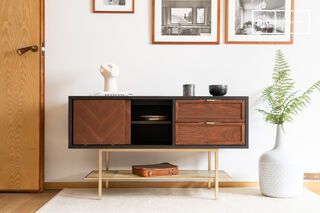
Dark wood entryway pieceNeutra
£1435 £1150-20%
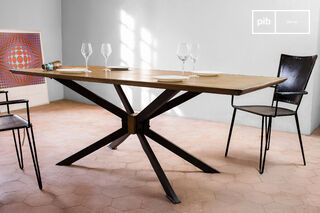
Brass dining tableLiverpool
£1820 £1455-20%
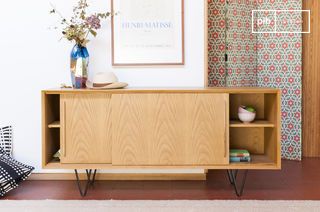
Light oak buffetFiska
£1210 £970-20%
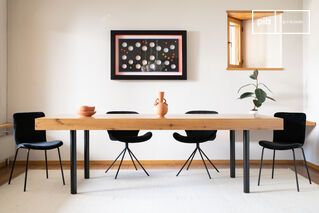
Large light wood dining tableAvesta
£1210 £1090-10%
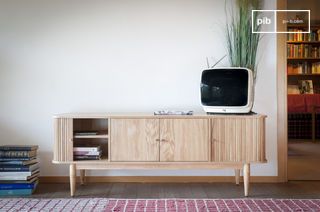
TV stand with curtainsRitz
£1315 £1180-10%
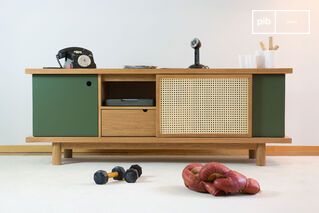
Oak buffetTammea
£1195 £1070-10%
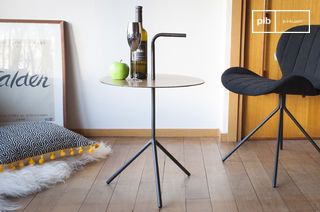
Portable table with handleXylème
£360 £285-20%

Oak: material properties and furniture applications
Oak is a hardwood native to Europe, used for its mechanical qualities and stable behavior over time. It is commonly used in solid furniture or as veneer to compose tops, load-bearing structures, bases or facade elements. Its high density enables clean cuts, solid joints and good resistance to deformation. Oak accepts a variety of surface treatments: oiled, matte varnished or brushed, depending on the desired finish. It lends itself equally well to straight lines and gentle curves, without losing legibility.
Visual appearance and grain reading
Oak has a broad, regular grain, with visible pores and a hue ranging from light beige to medium brown, depending on the type of finish. Its visually stable structure allows a unified reading of the furniture, even on large surfaces. The wood can be left untreated for a natural effect, or treated to enhance tonal depth without altering texture. Oak reflects light diffusely, without excessive gloss. It blends easily with sober materials: powder-coated metal, matte textiles, light or dark ceramics. It acts as a visual landmark in a composition, without dominating the whole.
Agency, maintenance and associations
Oak furniture blends into living rooms, bedrooms, passageways or offices. Its use is suitable for static elements (tables, sideboards, benches) as well as mobile modules (side tables, storage units). Maintenance is limited to regular dusting and gentle, non-abrasive cleaning. A neutral oil can be applied occasionally to matt finishes. Oak works in continuity with other light woods or in contrast with dark surfaces. It is often used to balance volumes or structure an ensemble through its mass and visual regularity.
The *Oak* category offers rooms where wood acts as a visible, structural material. Its presence supports the organization of space without overload or excessive variation, in a logic of balance and clarity of form.
The *Oak* category offers pieces where wood acts as a visible and structural material
